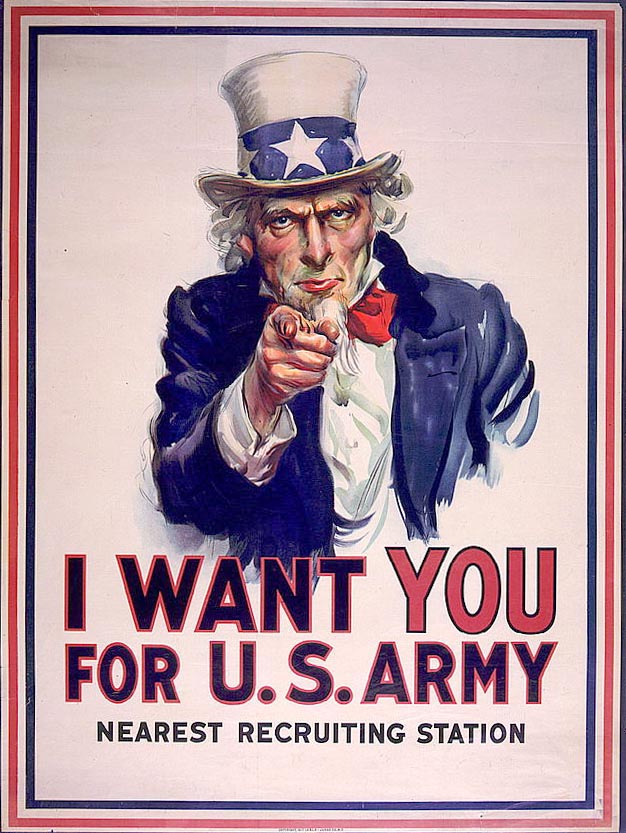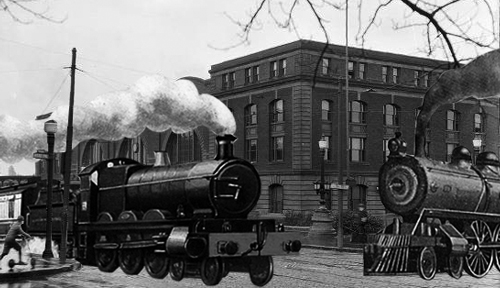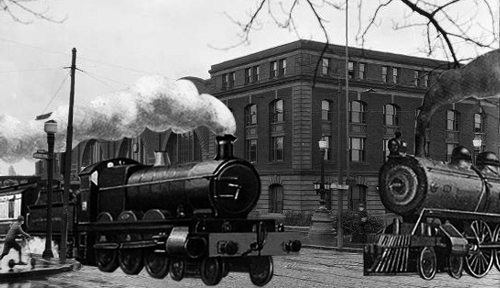The Inventions of Thomas Edison
Thomas Edison of Milan, OH invented time and the electric washboard. Before Edison, all things occurred simultaneously. Dinosaurs roamed the earth at the same time astronauts walked on the moon. Only after the invention of time did things stop happening concurrently. You owe your weekend to Edison. The first few versions of time were, understandably, a little off. Below are some of Edison’s failed time experiments.
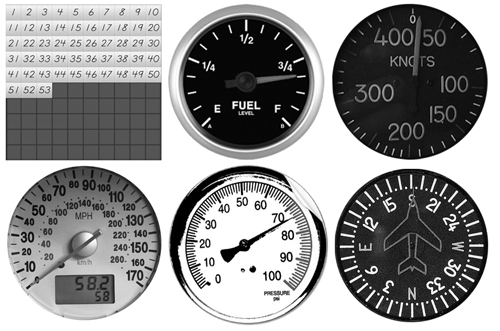
Eventually, after failing to measure time in gallons, millimeters, air pressure and Pi, he realized that a new unit of measurement was called for. He struck on the unit we know as minutes and created a clock that measured them in a continuous circle. Once he had determined the number of minutes in a day, hours came naturally enough and an additional, smaller hour hand was added to the minute clock. The unit of measurement known as seconds, which make up a minute, wasn’t invented until two decades later.
Even though Edison considered them all failures, in the process of inventing time, he inadvertently created the calendar, fuel gauge, nautical miles (Knots), miles per gallon (MPG), miles per hour (MPH), the altimeter, the speedometer, the odometer, pressure per square inch (PSI) and the compass.
The Phonoquarter
The original phonograph played quarters instead of records. You could listen to them or spend them on things. It wasn’t until the portable phonograph was invented that records became bigger.
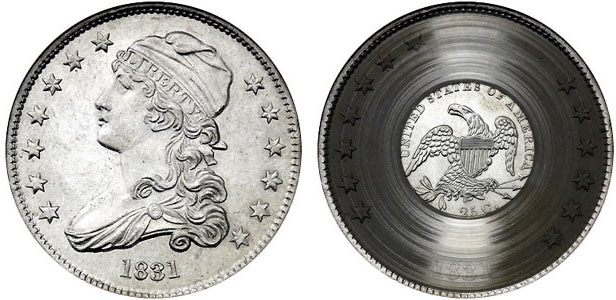
They were eventually all pulled from circulation since the records kept skipping. Finding a playable quarter these days is nearly impossible. The only playable one still in existence is at the Smithsonian Institution.
Toast
The first process patent issued by the United States Patent Office in 1842 was for toast. Mr. Frederick Brockton of West Higgsville, TN invented the process of toastmaking and patented it. People had to pay him every time they had a slice. Sadly, Mr. Brockton didn’t think to patent the toaster as well. That was patented by Mr. Ralph Higgins of Emery, OH. After a protracted legal battle, Higgins bought out Brockton’s toast patent so that his toaster could make toast. Brockton spent the $1,000 he earned from selling the toast patent on trying to produce electricity through the process of growing broccoli. Even though Brockton held no less than 1,342 patents at the time of his death, none of his other process inventions worked and he died penniless.
Locomotives
The first locomotive was built by Mr. Terence Tucker of Springton, IL. His train could run on any paved or smooth surface without the need for expensive and limiting tracks. At one point, there were more railroad cars running through New York City than there were horses and buggies. Due to their size, this often made commuting awkward.
People complained about the damage to the streets, the constant collisions at intersections, and the number of pedestrians and horses who were crushed under mighty train wheels. The inundation of city trains led to two inventions.
First, the traffic signal was invented. It was originally just a platform built roughly eight feet off the ground with a switch that was flipped at the will of the traffic warden, which of course, led to bribes and corruption charges. At one point, the intersection of Broadway at Fifth Avenue stayed green for three days before a formal complaint was filed and the traffic warden was admonished.
The second invention was Henry Ford’s automobile. Ford saw his invention as a much more practical way to get around town than the bulky locomotive or the smelly horse. The automobile was a mere fraction of the size of the locomotive and seated only four people as opposed to hundreds. Due to the popularity of the automobile, the locomotive was eventually forced out of the city. The federal government enacted laws that all locomotives had to run on railroad tracks. Trains still run on tracks today.
Tucker tried to create his own automobile to compete with Ford, and for a while, he was successful, but he could never make his cars small enough. Unlike his train engines, where massive power was entirely warranted, his cars were overweight, over-sized and overpowered. Most people didn’t need a 1600 horsepower car. Tucker automobiles did find a niche market in people who liked driving unnecessarily gigantic vehicles around. Tuckers are the precursor to the Hummer.
The Country of New Orleans
The city of New Orleans was its own country called New Orleans (sometimes known as New Orleans Land) for nearly a hundred years. After the Franco-Orleans war In 1711–a minor skirmish between the United States and the French-backed Orleanders–France relinquished control of the region, but the United States didn’t take over. For nearly a century, the city of New Orleans was not owned nor governed by either country and was, in essence, a free and independent country until it eventually became a part of The United States during the Louisiana Purchase in 1803. The French said they didn’t want our stupid Louisiana anyway, but they really sold it to pay their gambling debts.
Uncle Sam
Uncle Sam, the iconic man telling us all that he wants us for the US Army, was based on a real person, Mr. Samuel Montgomery of Owenstown, VA. However, the familiar version of the poster was far from the first version of produced. The recruitment department of the Army came up with many different versions before they finally found the right Uncle Sam. Here are some of the failures:
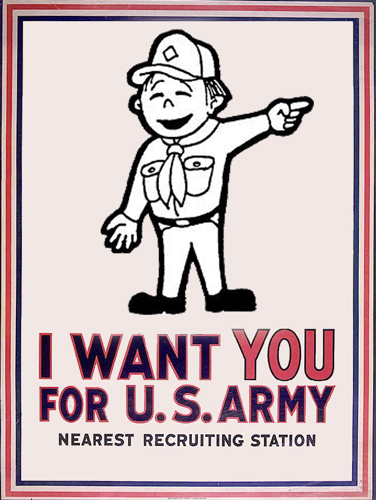
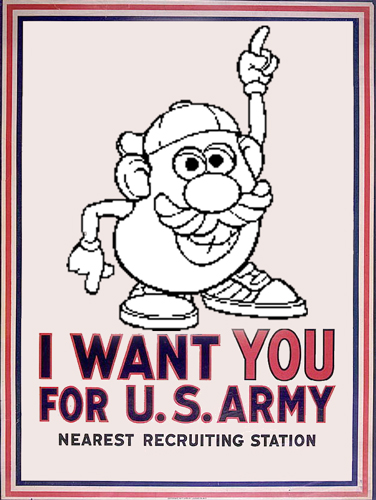

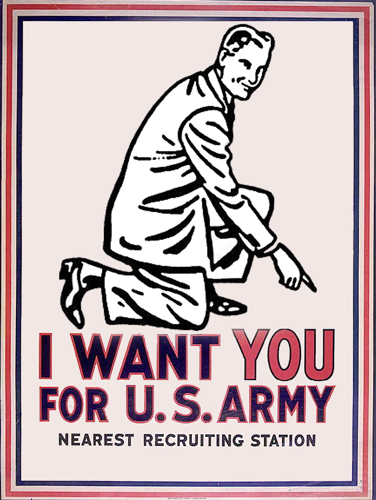
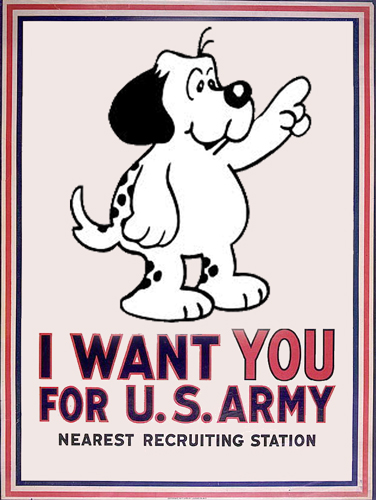
As you can see, they tried everything. They had horses, kittens, rainbows and little fuzzy bunnies all pointing in various directions and none of them worked at all. It wasn’t until an intern happened to offhandedly comment how Uncle Sam’s hat would look great on that army dog, that they found the right man for the job. The intern told them them of a man in his hometown called Uncle Sam who had once been in the military and was currently employed at being crazy. Sam would dress up in a blue suit, a red bow tie and a top hat with stars on it (and sometimes a cape), and walk around town pointing at people and telling them they needed to do their patriotic duty. The rest is history:
